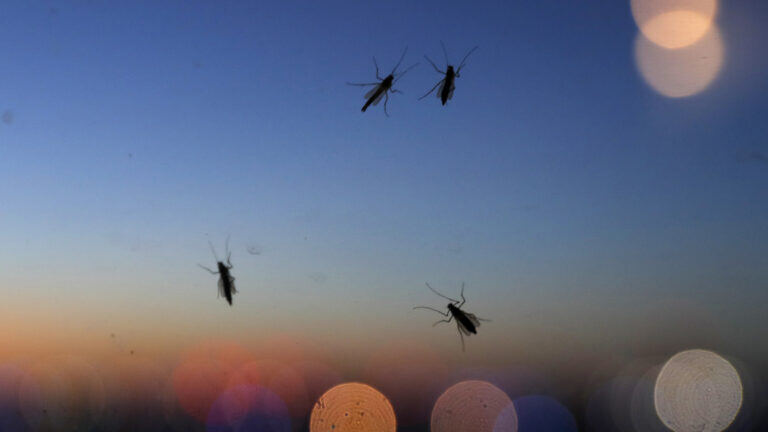infectious disease
What is Oropouche virus, should I be worried about it, and how do I pronounce it?

Gerald Herbert/AP
Twenty-one people in the U.S. have contracted the Oropouche virus during travels to Cuba over the summer, the CDC reported yesterday. The island country is experiencing its first ever recorded outbreak of the virus, which has also been spreading in several South American countries. But what exactly is Oropouche virus?
As usual, STAT's Helen Branswell has us covered. The virus is spread through biting insects — specifically one species of midge, which is a small fly, and one type of mosquito. About 60% of people who become infected will develop symptoms like fever, severe headache, chills, muscle aches, and joint pains. And there isn't a vaccine or specific drug treatment for the virus, so the best way to avoid it, as Helen writes, is to not get bit.
Read more on everything you need to know about the virus including how to pronounce its name.
infectious disease
Rare mosquito-borne encephalitis is found in four states, with one death
In more mosquito news: New Hampshire has recorded the country's first death this year from eastern equine encephalitis, a rare but dangerous disease spread through the bite of infected mosquitoes. The CDC says it has been informed of four human infections so far in 2024, with Wisconsin, Massachusetts, and New Jersey also reporting cases. All four involve neuroinvasive disease, meaning the virus moved into the brain. About 30% of Triple E cases are fatal, and survivors often have long-term neurological problems. Massachusetts has begun spraying mosquitoes in some communities, and is urging people to consider remaining indoors from dusk to dawn to avoid being bitten.
Triple E infections typically occur in late summer and early fall, before cool temperatures kill off the mosquitoes that spread it. The virus is most commonly found along the Gulf Coast, in the Atlantic states and around the Great Lakes. The number of cases varies by year, though most years fewer than 10 cases are reported. In 2019, however, a record 38 cases were reported.
—Helen Branswell
addiction
NIH empowers Native Americans to study substance use in their own communities
The National Institutes of Health has announced plans to devote over a quarter-billion dollars to researching substance use and drug overdose among indigenous tribes across the country. But there's a community-driven twist: Tribes and tribal-serving organizations get to design and conduct the research themselves.
Of course, major initiatives promising to serve indigenous people can be tricky to execute, given the federal government's track record of violence and broken promises — and broader mistrust of research projects aimed at historically marginalized communities, STAT's Lev Facher reports.
But that context is the "foundation of this program," said Kathy Etz, the director of Native American Programs at the National Institute on Drug Abuse. "Tribes want to lead research, they want to be directly funded to lead research, and they want the research to reflect the priorities of their communities," she said. "What we're doing here is supporting tribes and Native American-serving organizations to do what they want." Read more from Lev.


No comments